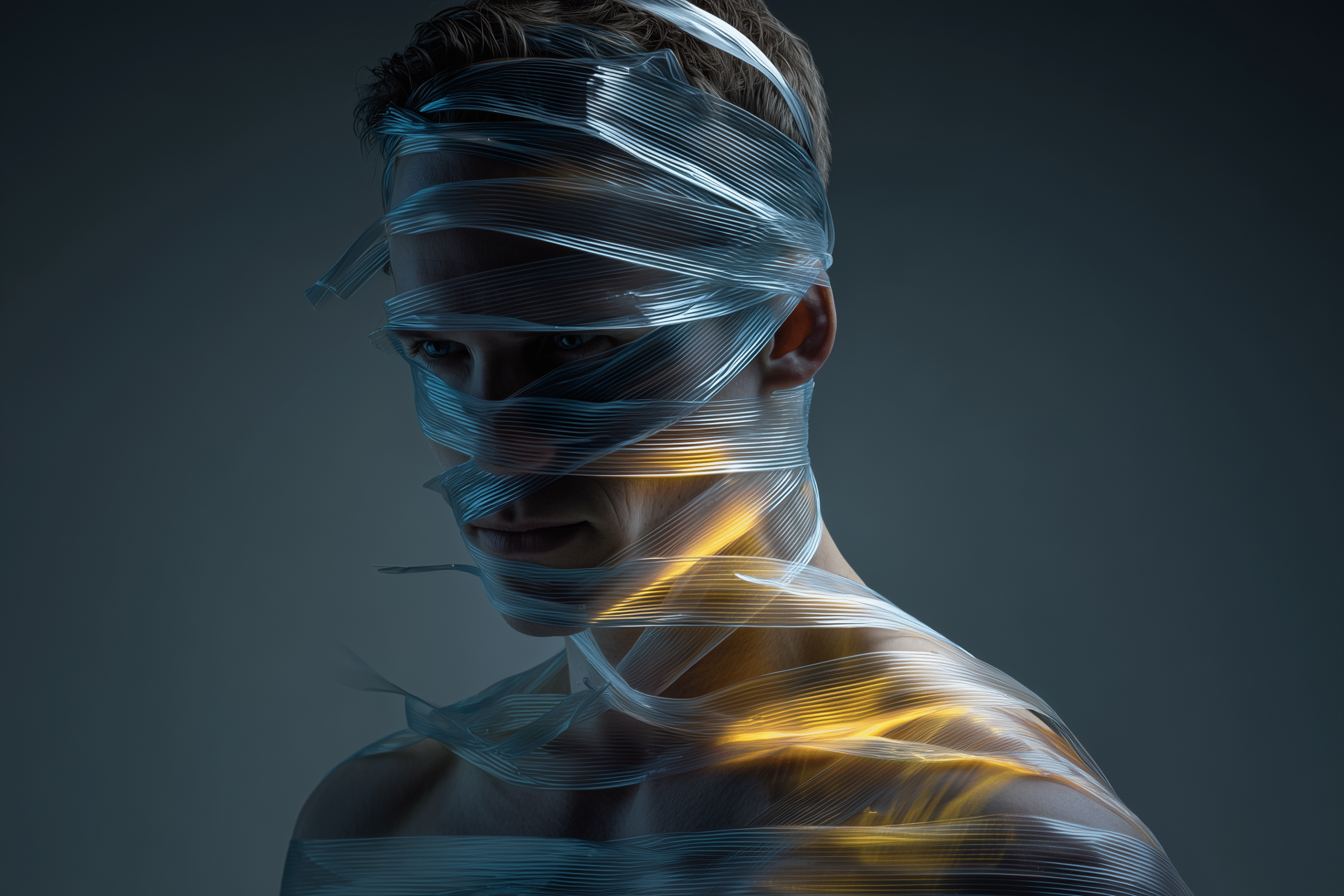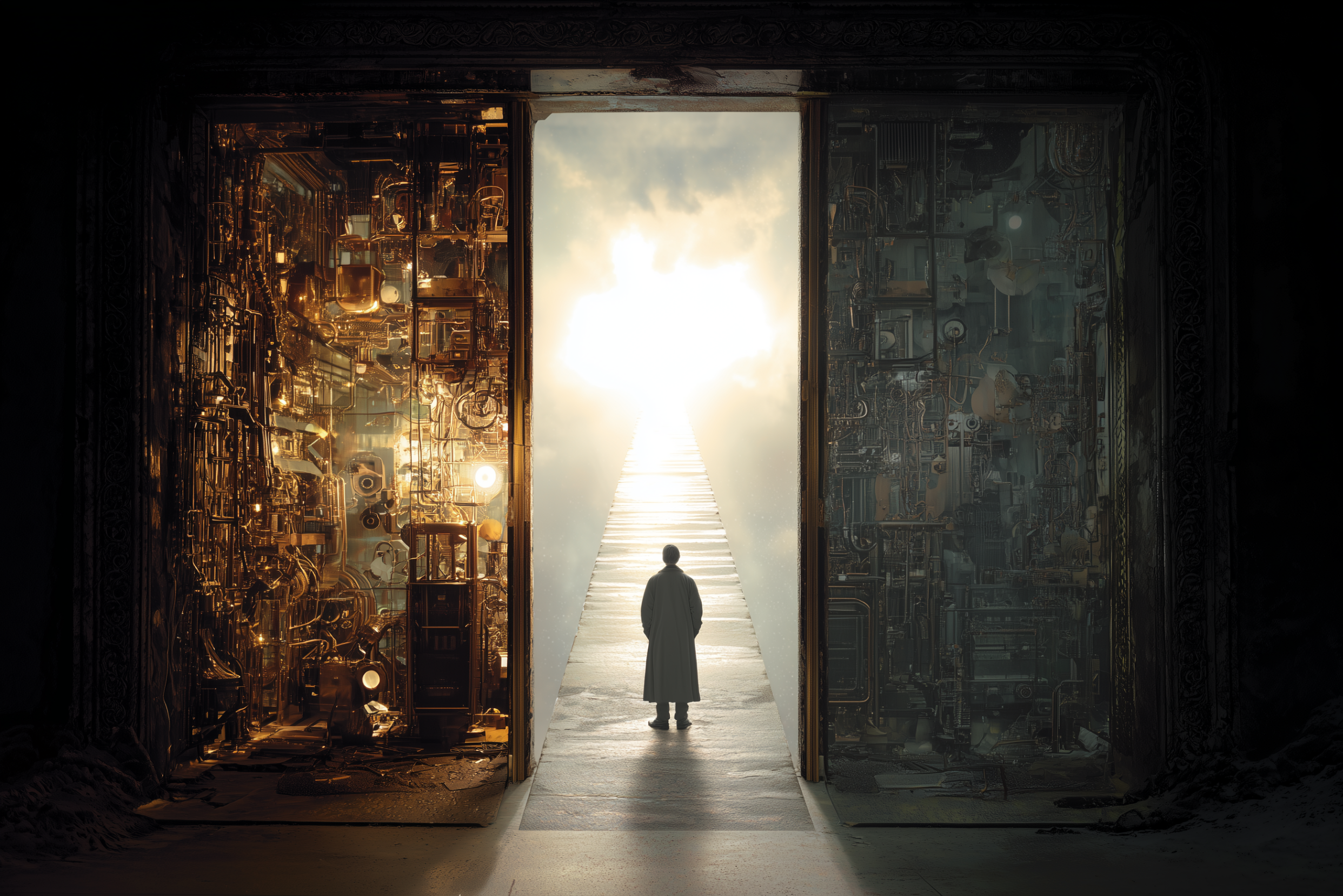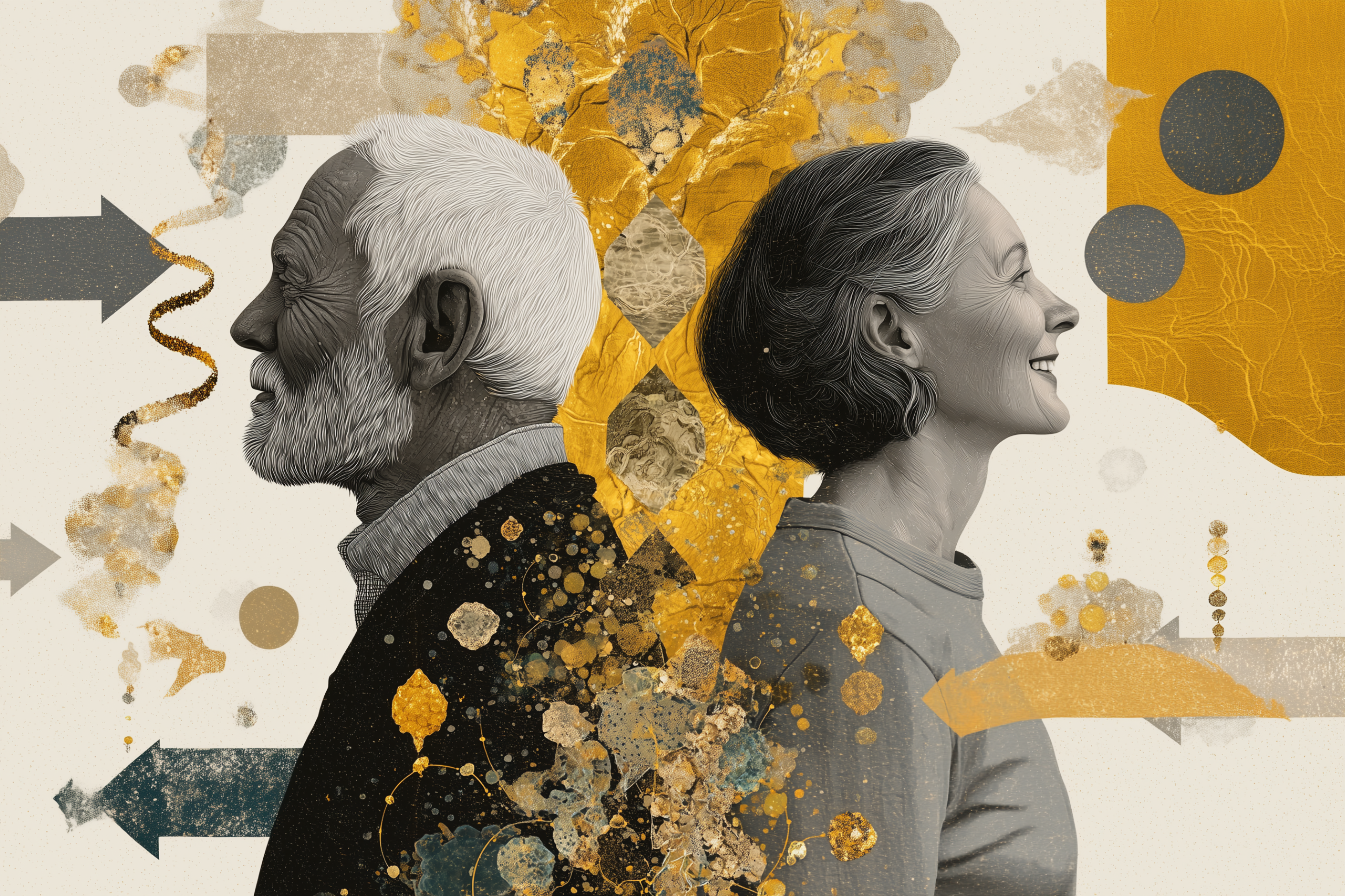The most important things in your life aren’t hidden. They’re actively being filtered out.
The person waving at you from across the street. The opportunity hidden in a conversation. The truth behind someone’s words. It’s not that your eyes aren’t working—it’s that your attention is somewhere else, and you miss the obvious.
In that gap between what’s visible and what’s noticed is where both machines and humans learn to see.
But here’s what artificial intelligence has taught us: seeing isn’t passive. It’s trained.
Yesterday, we explored how backpropagation helps systems learn from mistakes—adjusting weights and parameters based on feedback to improve performance over time. But there’s another crucial piece of the AI learning puzzle: what a system pays attention to in the first place.
Before backpropagation can refine anything, the system needs to know what patterns to look for. That’s where convolutional filters come in—they determine what gets noticed, what gets ignored, and what gets passed forward for deeper analysis.
Think of it this way: backpropagation teaches the system how to learn better. Convolutional filters teach it what to see.
And here’s the insight that changes everything:
You can’t improve what you can’t perceive.
Clarity doesn’t come from thinking harder—it begins with seeing differently.
And that gap—between what’s actually there and what your filters let you notice—is where clarity gets lost or found.
Most of what we call “confusion” or “being stuck” isn’t about lacking information. It’s about our filters being tuned to see the wrong patterns. We’re looking for threats when we need to see opportunities. We’re scanning for problems when solutions are right in front of us.
It isn’t about seeing more. It’s about training your filters to see what matters.
You Don’t See Reality
If you and an AI system looked at the same photograph, you’d each extract completely different patterns. Not because the image changed, but because your filters are different.
The AI might detect: edges, textures, geometric shapes, color gradients, and eventually recognize ‘bicycle’ or ‘tree’ or ‘human face.’
You might see: memories triggered by a location, emotional reactions to expressions, stories about the people in the frame, or meaning based on your personal history.
Neither of you is seeing “reality.”
You’re both seeing what your systems have been trained to detect.
The difference? The AI knows exactly how its filters work. You probably don’t.
How Machines Learn to See: The CNN Deep Dive
In artificial intelligence, convolutional neural networks (CNNs) are the technology behind image recognition. They don’t see like humans do—they build understanding layer by layer, filter by filter.
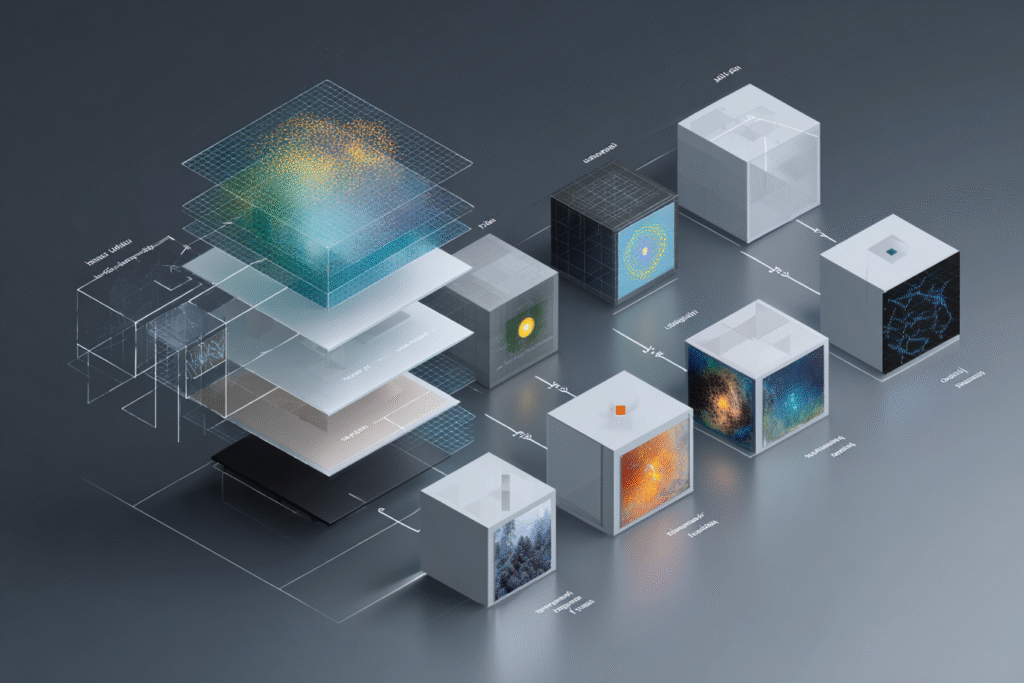
Layer 1: Edge Detection
The first filters scan for basic edges—horizontal lines, vertical lines, diagonal patterns. Think of it as teaching a machine to notice the fundamental building blocks of any image.
Layer 2: Shape Recognition
Mid-level filters combine those edges into shapes—circles, rectangles, curves. The system starts recognizing textures, patterns, and geometric forms.
Layer 3: Object Assembly
Deeper layers combine shapes into recognizable objects—a wheel plus a frame equals bicycle, or specific facial features plus skin tones equals human face.
Layer 4: Context Understanding
The deepest filters understand relationships—this bicycle is on a road, this face shows happiness, this scene suggests movement.
Each layer builds on the previous one, progressively extracting more sophisticated meaning from raw pixel data.
The Key Insight: Progressive Refinement
A CNN doesn’t try to recognize everything at once. It starts simple—just detecting edges—and builds complexity gradually. Each filter is trained through exposure to thousands of examples, learning to detect specific patterns with increasing accuracy.
But here’s what’s fascinating: the filters aren’t programmed. They’re trained. Through repetitive exposure and feedback (backpropagation, which we explored previously), the system learns what matters and what to ignore.
How a CNN Learns to See a Stop Sign
Let’s break down the steps a CNN takes as it learns to recognize stop signs:
- Early filters detect red patches and octagonal edges
- Mid-level filters identify the specific combination of red octagons with white borders
- Deep filters recognize this pattern as ‘STOP’ regardless of angle, lighting, or partial obstruction
- Final layers understand the context: this is a traffic control device that requires specific behavior
After training on thousands of stop sign images, the system doesn’t just see red octagons—it sees ‘stop signs’ with all the contextual meaning that entails.
The Math Behind the Filters
If you’re curious about the architecture behind convolutional neural networks (CNNs), here are some great resources:
3Blue1Brown – Convolutional Neural Networks: A visual, intuitive breakdown.
Stanford’s CS231n Lecture Notes: A detailed technical walkthrough.
Neural Networks and Deep Learning by Michael Nielsen (Chapter 6): A clear introduction to CNNs and filter training.
Whether or not you explore the technical details, the core metaphor remains powerful:
Intelligence develops through trained perception.
When Filters Fail You
I learned this the hard way during a particularly challenging period in my career. For months, I’d been trying to find solutions to challenging situations within the company, head down, mentally replaying problems, playing out multiple dead-end scenarios, scanning continuously for where things went wrong. My filters had been trained by stress—I was seeing obstacles everywhere.
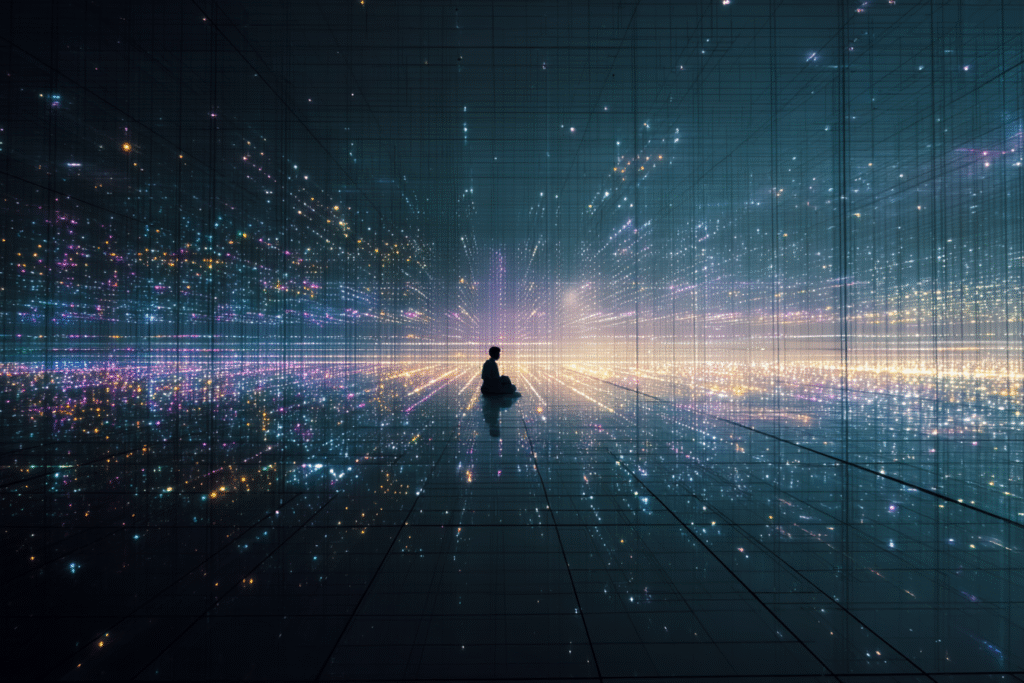
The toll was severe. My health crashed under the weight of this constant threat detection. I took immediate action to counteract the physical symptoms, but that was just a Band-Aid. I realized I was in a position where I had to take a deep look at all facets of my life—to examine the filters through which I was processing everything and work to reprogram them entirely.
These weren’t recent adaptations. These were filters years in the making that no longer aligned with who I was or where I needed to go.
Then came a simple conversation that reframed everything. Through one clear, honest exchange, my entire perspective shifted. Suddenly, I could see the solution that had been invisible before—even though it meant making the hardest possible decision I could imagine.
In the end, I made the decision and I will never look back. But the real insight wasn’t about finding the right answer—it was realizing how much my trained perception had been shaping my reality. I’d been living in a version of life created by outdated filters, missing opportunities and solutions that were right in front of me.
Your filters don’t just determine what you see. They determine what version of your life you get to live.
How Your Brain Filters Reality
Your brain works remarkably similarly to a CNN, just with different architecture.
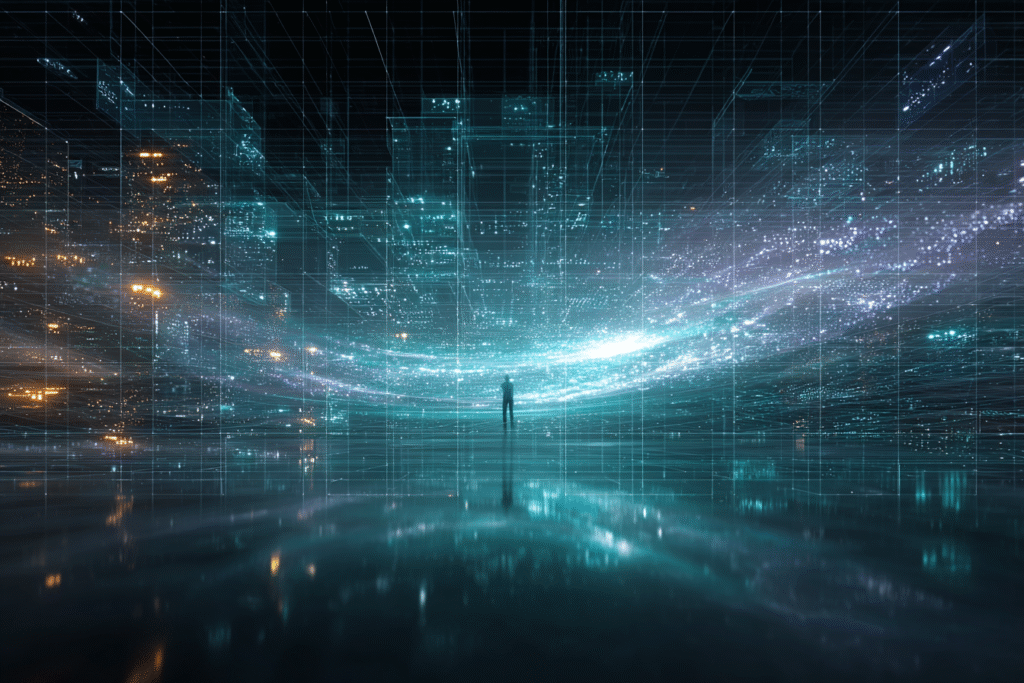
We both filter reality through layers:
- Sensory filters: What your nervous system lets through from the overwhelming flood of sensory data
- Emotional filters: What feels important based on past experience and emotional memory
- Cognitive filters: What matches your existing beliefs, expectations, and mental models
- Meaning filters: What fits the story you tell about your life and identity
Like a CNN, you’ve been training these filters your entire life. Every experience adjusts the weights. Every significant moment shapes what you’ll notice next. Every repeated thought pattern reinforces certain detection pathways.
The crucial difference? Machines can inspect their filters. You can’t—yet.
But here’s how these filters show up in daily life:
In relationships: You might filter for signs of rejection while missing genuine connection attempts. Or scan for criticism while overlooking appreciation and support.
In work: Your filters might be tuned to detect problems and inefficiencies, making you excellent at troubleshooting but blind to innovation opportunities that require a different kind of seeing.
In decision-making: You might filter information that confirms what you already believe while dismissing data that challenges your assumptions—even when that challenge could lead to breakthrough thinking.
In opportunity recognition: Your attention might be so trained on one type of success pattern that you completely miss alternative paths that could be more aligned with who you’re becoming.
These examples aren’t flaws—they’re reflections of the filters you’ve unconsciously trained over years of experience.
You don’t realize that what you call ‘reality’ is actually the output of a sophisticated filtering system that’s been learning and adapting since birth. Unlike an AI system, you can’t inspect your filter weights or debug your detection algorithms.
Psychologists call this attentional bias—the tendency to notice information that matches your emotional and cognitive expectations while filtering out what doesn’t fit your current mental framework. It’s not a flaw—it’s your brain being efficient.
Efficiency and awareness don’t always align.
The same shortcuts that help you navigate daily life can also trap you in only seeing what you’ve always seen.
But you can learn to work with them. And that’s where clarity becomes possible.
When Filters Align
It’s not about having perfect information or making flawless decisions. Clarity emerges when your filters are aligned with what actually matters to you now—not what mattered to you five years ago, or what your stress response thinks should matter.
Most people try to find clarity by thinking harder. This is why clarity feels so elusive. But clarity isn’t a thinking problem—it’s a perception problem. And your filters shape what you’re allowed to perceive.
As we explored earlier in this series, clarity begins with subtraction. But just as much as it’s about removing internal noise, it’s also about refining the filters that shape what you perceive in the first place.
When your filters are misaligned, you experience life through outdated detection patterns:
- You’re solving yesterday’s problems instead of recognizing today’s opportunities
- You’re defending against threats that no longer exist while missing signals that could transform your situation
- You’re optimizing for metrics that don’t actually lead to the outcomes you want
But when your filters are properly tuned, clarity becomes almost automatic. You start noticing the conversations that matter. The opportunities that align with your values become visible. The path forward reveals itself not because you’re thinking harder, but because you’re seeing clearly.

This is what artificial intelligence has taught us about perception: you can only optimize what you can detect.
What you’re trained to see, you’re destined to experience.
If your filters aren’t aligned with what matters most to your life right now, all the strategic thinking in the world won’t create the clarity you’re seeking.
The good news? Just like a neural network, your filters are trainable. The question isn’t whether you can change what you see—it’s whether you’re training your filters on purpose.
From Bits to Biology
Machines train their filters through data and algorithms. They know exactly which filters are active and why.
Your brain has been training its filters through a biological system you’ve never consciously controlled—until now.
On the next article, we’ll explore the hidden architecture of human perception: the Reticular Activating System, the thalamus, and the sophisticated biological filters that determine what version of reality you experience.
Because once you understand how your filters work, you can begin to retrain them. And when you do, everything you once missed becomes visible.
See you in the next insight.
